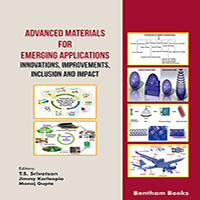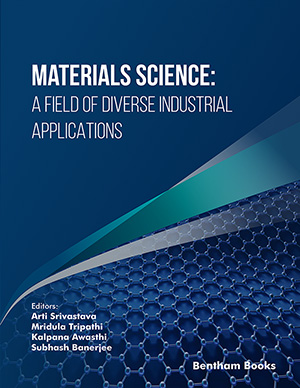Abstract
Shape memory alloys (SMAs) are those that can return to their initial shape
after deformation under a stimulus, such as temperature or stress. They are capable of
recovering deformations of up to 8%. Generally, the martensitic transformation is
reversible in nature and the shape memory alloys exhibit two unique characteristics,
super-elasticity effect (SE) and shape memory effect (SME), depending on whether
these properties/responses are brought on by stress and temperature, respectively. Since
the shape memory alloys undergo full cycling, they transform from austenite to
martensite at temperatures between martensite finish and austenite finish. However,
partial cycling refers to heating above the austenite start temperature but below the
austenite finish temperature followed by cooling to below the martensite finish
temperature. The phase transformation is partial before it is complete, consequently,
only smaller amounts of the phases undergo a phase transition. Based on the operating
temperature window and the transformation temperatures of the alloy, partial cycling
can be divided into three categories. This chapter discusses the various types of
cycling, i.e., thermomechanical, thermal, and partial cycling behavior of nickel-titanium-based shape memory alloys.
Keywords: Austenite and martensite, Partial transformation, Shape memory alloys, Transformation temperatures.




















